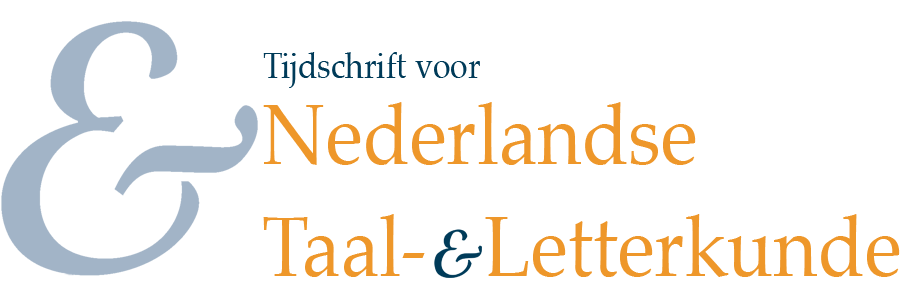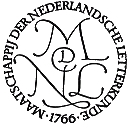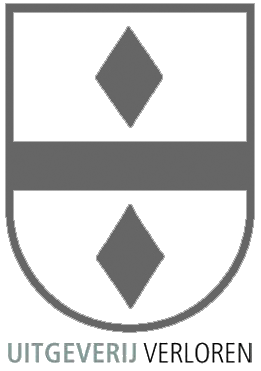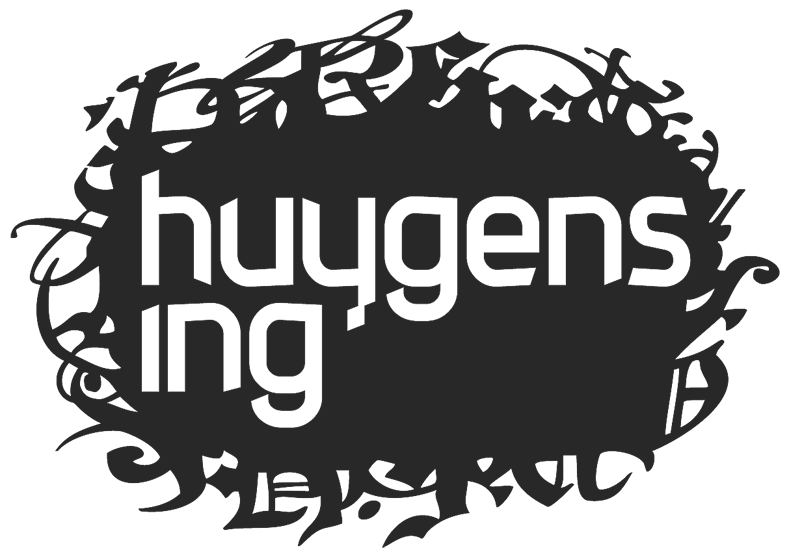Een clein vliechken of een cleine wormken. De flexie van het adjectief in het oudste Nederlandstalige gedrukte boek
Samenvatting
This article presents an analysis of attributive adjectival inflexion in the first printed book in Dutch, the Spieghel onser behoudenisse (printed between 1465-70). It is argued that attributive adjectival inflexion in the Spieghel onser behoudenisse exhibits a clear regularity when the adjectives are divided into three groups or declension classes: strong adjectives, weak adjectives, and present participles. Strong adjectives always take the same ending as the preceding article (thus inflecting according to their definite or indefinite use), except when this article is des or eens; in this case, the ending can vary between -(e)n and -(e)s, though a strong preference for -(e)n after des is apparent. Although this also applies to weak adjectives, these adjectives can undergo apocopation of the stem-e in final position, except in definite use in the plural, in which case apocopation is prevented by rule ordering. Present participles can remain optionally uninflected. In modern Dutch, definite and indefinite adjectival use continues to affect the inflection of adjectives, whereas declension classes no longer affect the morphology of adjectives in any modern Dutch dialect.
Terugverwijzingen
- Er zijn momenteel geen terugverwijzingen.



